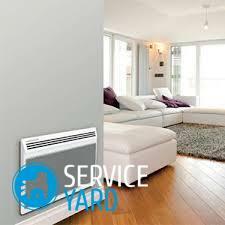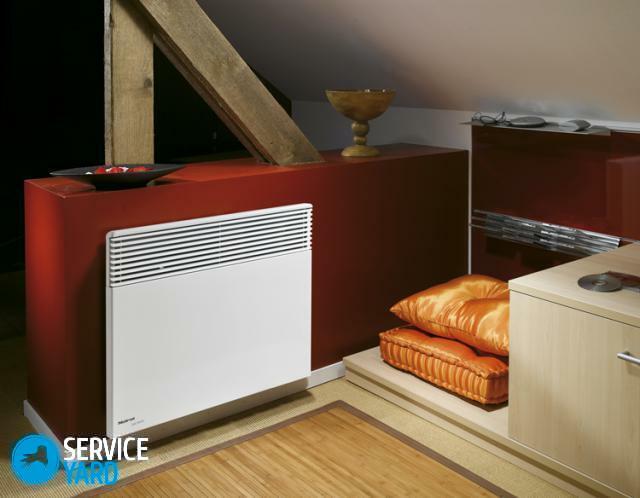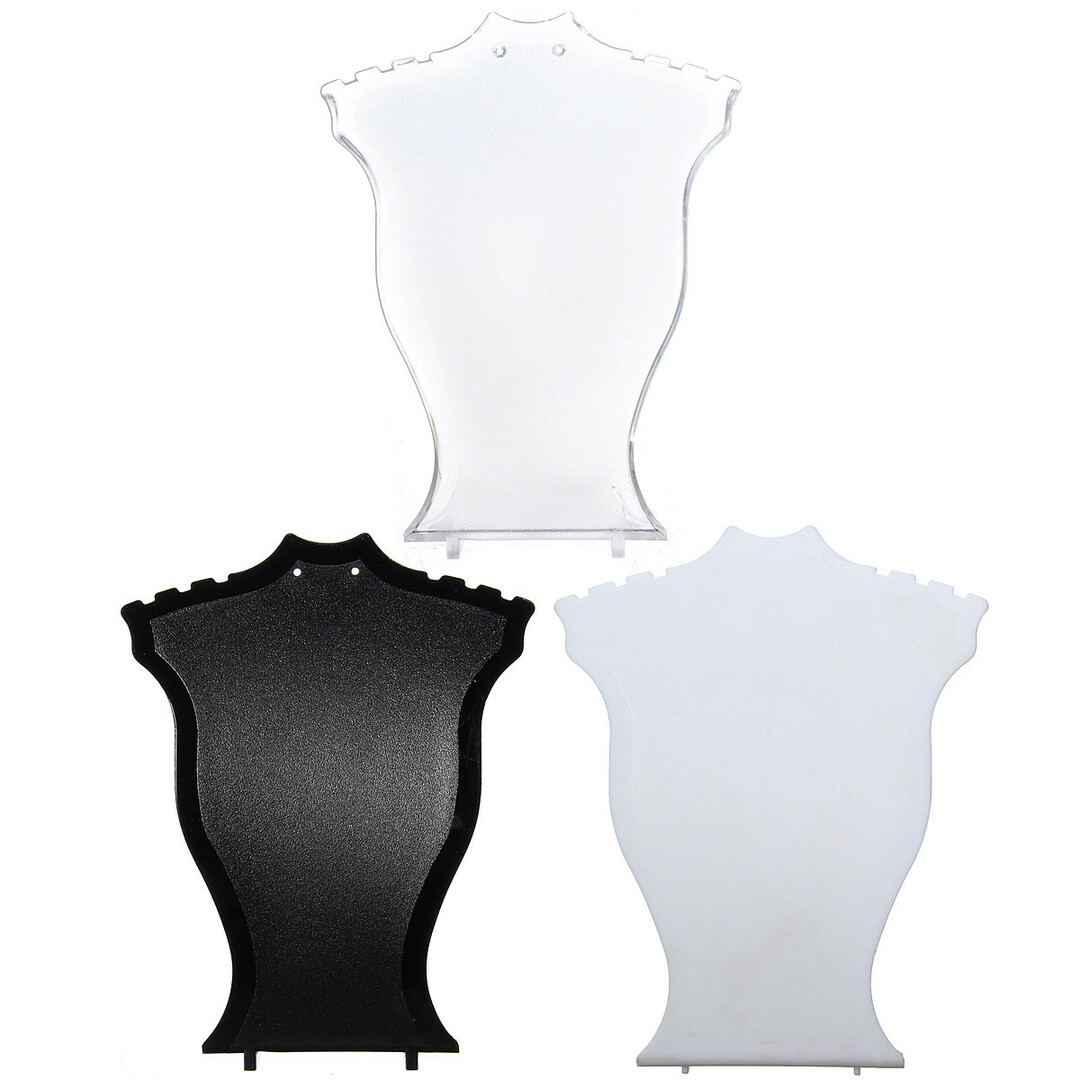
- What is a convector heater?- Principle of operation
- Classification
- Convector or oil heater
- Advantages of
- convectors What should be considered when choosing?
- We install the convector and start operation
- Maintenance of the convector
The convector heater occupies a special position among all radiators. They are in good demand, there is a possibility of using them both in residential and industrial premises. This article is devoted to the classification of convectors, their features and the principles of their choice.
to Contents ↑What is a convector heater?- Principle of operation of
As the name suggests, the basis of the device operation is the circulation of air streams having different temperatures:
- The heating element in the convector is a tubular type tubular type, made of a metal alloy. It is located inside the case, able for a short time to warm up to the required temperature.
- Thanks to the holes in the housing, the air gets free access to the heating element.
- Cold air is received through the openings located at the bottom of the unit.
- The air receives heat from the heating element. The heated air exits through the openings on the front of the appliance.
Important! This convector heater differs from other heating devices, for example, oil, the principle of operation of which is based on thermal radiation.
As the convectors heat the room with airflows, the room heats up more quickly and evenly than when using heat radiators.
Important! Application of the phenomenon of convection made it possible to achieve high values of efficiency( up to 90%).The coefficient of efficiency increases due to the fact that the heat output occurs immediately to the room, without heating the coolants or radiators.
to the table of contents ↑Classification
There are several classification features that divide the convectors:
- Dimensions.
- Power.
- Features of the design.
- Control method.
- The process of applied convection.
- Location and method of fixing indoors.
Separate the heating devices with natural( KBE) and forced( KBP) air circulation:
- In the first case, the air flows themselves pass through the heating device.
- The second class of devices are devices equipped with built-in fans. This allows you to increase the amount of air mass that passes through the heater. Hence the increase in the efficiency of the system as a whole.
Depending on the design and installation method, the following models are distinguished:
- The convector type wall heater is compact in size and light in weight. This load can withstand even a partition of thin gypsum board. Despite the small size, the wall-mounted power units are not inferior to other types of heaters.
- Floor. Differ from wall models only in the way of installation - not a hanging on the bracket, but installation on a special stand with wheels.
- Embedded models. They allow solving two problems at once: heating and design. Are placed in special channels or niches. If you correctly calculate the heating, you can effectively heat the rooms of any quadrature.
Convector or oil heater
To determine which of the two popular heaters is best, let's compare their main characteristics:
- Power consumption. In this respect, the convector heater by 25% wins the oil device. Given that the tariffs for electricity consumption are constantly growing, this circumstance can be decisive in choosing.
- Time required for heating the room. In the oil heater, the heating element is heated, and then the heat is transferred to the oil. The oil heats up the ribbed metal case, and from it the room air warms up. This is a fairly long process. Convectors in this regard are much more profitable. However, oil heaters equipped with fans, in terms of the speed of heating the room, are almost equivalent to convectors.
- Ease of operation. Convectors in this respect are more advantageous, since they weigh less oil appliances( 10 kg versus 18-25 kg).The convector can be mounted on the wall, while saving the useful area of the room. Cleaning the room is much easier.
- Uniformity of room heating. When using a convector, the room warms evenly. If the oil cooler is working, there is a distinct difference in temperature in the distance from the heater and directly next to it.
Advantages of
convectors Compared to other heating devices, the convector type electric heater has the following advantages:
- Cost-effectiveness. The low operating temperature of the heater helps reduce energy consumption.
- Fire safety. The reason for this lies in the low operating temperature of the heater. The use of automatic systems helps to reduce any risks that arise when the appliance operates.
- Compact, aesthetic design. Convector heater is convenient, it is easy to fit into almost any interior.
- Easy to install. A person who does not even have special knowledge will be able to mount the device. The device can be placed on the floor or on a wall.
- Noiseless operation, no unpleasant odors.
- Rapid heating of the room in a short time.
What should be considered when choosing?
When choosing a convector heater, consider these characteristics.
- The amount of power consumption.
- Type of heating element.
- Dimensions of the device.
- Degree of safety.
- Additional features.
- Price segment.
- Manufacturer.
 Consider each of these criteria in more detail.
Consider each of these criteria in more detail.
Device power
The power of the device is chosen based on what area you want to heat:
- If you buy the device as an additional means of heating in the off-season, then for each cubic meter of the room should account for 25 watts of power.
- If it is supposed to heat a room exclusively with a convector, then each cubic meter of living space is 40 watts of power.
Important! For example, if the area of the room is 20 squares with a ceiling height of 2.7 m, the cubic capacity of the room is 54 cubic meters. If you buy a device for off-season heating, multiply 25 W by 54 cubic meters. The resulting power is 1350 watts. Round the figure to the big side and get the desired power value: we are looking for a convector heater of 1.5 kW.
Type of heating element
As for the type of heating element, experts advise to give preference to the cast model - it is more effective, and reliable, and more durable.
Dimensions and weight of the convector
Choosing the convector heater in dimensions, pay special attention to its height, since this determines the speed of air movement. Instruments of small height are capable of heating the room in the shortest possible time.
An important parameter is the mass of the device, since it is likely that it will have to be moved from place to place.
Safety of use
Of all heaters, the convector heater is the safest:
- The case does not heat up more than 60 degrees, so there is no risk of getting burns.
- There is no need to ground the convector. Devices are resistant to power surges in the network.
Important! If the family has young children, it is desirable to pay attention to models with smooth contours, devoid of sharp corners.
Additional features of
Of the additional functions, the following deserve the greatest attention:
- The possibility of adjusting the air temperature. In frosts, it can be set at a maximum, and with an increase in outside temperature, weaken the heating.
- Thermostat. This device makes it possible to maintain the desired temperature in the room.
- Timer. Allows to turn on the heater convector type for a certain period of time. Then the tripping device operates. This function can be useful when using the heater before going to bed.
- Ionizer air with dust absorption. The air, saturated with negatively charged ions, is good for health. In this room it is better to rest and work.
- Remote control. This is a necessary accessory for the dormouse and the loser, who do not want to get out of the warm bed in the morning to turn on the convector.
- Anti-rollover function. Actual for families with kids and playful restless pets.
Price segment
Bear in mind that a good thing can not be cheap by definition. To convector heater served you faithfully for a long time, normally performed its functions and was safe, it is desirable to give preference to the products of well-known brands. Quality assurance from these companies is not an empty phrase.
Appearance
Having chosen this or that model of the convector, pay attention to the presence of scratches, dents, distortions and protruding from the body of the screws. At the slightest suspicion, refrain from buying. This indicates either a lack of quality assembly or negligent storage. Both are unacceptable.
to the contents ↑Mount the convector and start operation
What is a convector heater, figured out. Now - about its operation:
- Before starting the installation of the device, please read the instructions.
- When fixing the convector on the wall or installing it on the floor, make sure that the distance between the bottom edge of the casing and the floor is at least 15 cm.
- The minimum distance of the convector from the walls is 25 cm.
- There should be no objects closer than 45 cmfrom the top edge of the device.
Important! If these conditions are not met, overheating of the convector will occur quickly enough and protection will work. Therefore, you can not place a tall appliance under a window, dry things on it, or try to close it from above. For placement under the window aperture, low "plinth" models are best suited.
to the contents ↑Maintenance of the
convector It is quite simple. It is enough to wipe it off with a slightly damp cloth. In this case, the convector heater must be disconnected from the mains. To clean the TEN from the accumulated dust, a vacuum cleaner with a narrow short nozzle is suitable.
New economical methods of space heating allow maintaining an optimal microclimate without excessive costs. Why not use the progressive method?



